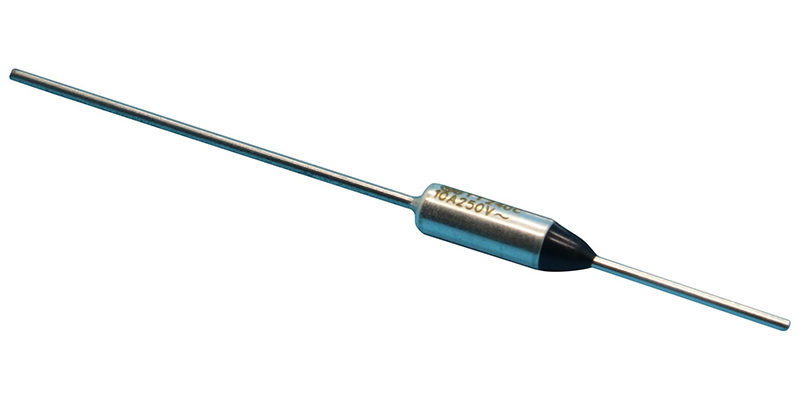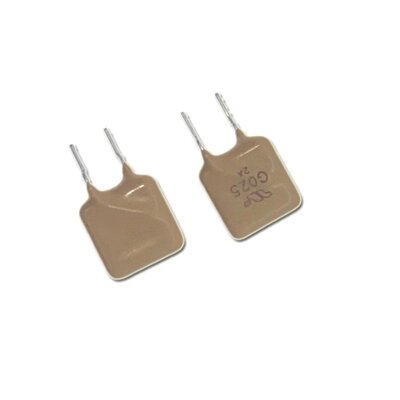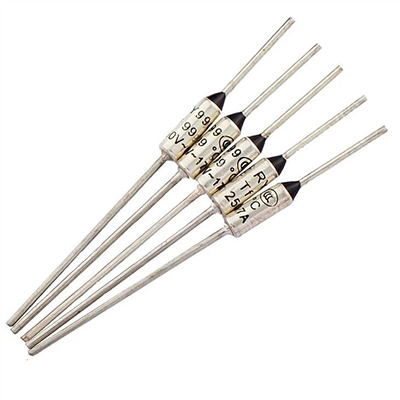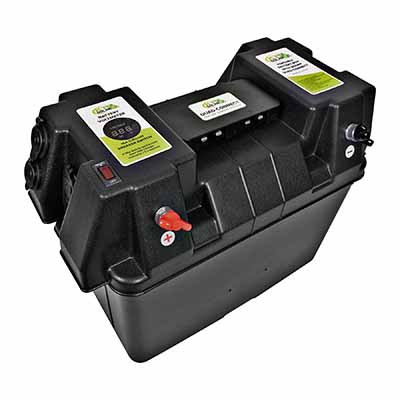Professional Tips for Installing Current Fuses in Automotive Applications
News 2025-10-24
Current fuses are essential components in vehicle electrical systems, designed to protect against overcurrent by breaking the circuit when necessary. Proper installation not only ensures safety but also maintains optimal performance in various automotive scenarios, such as in cars, trucks, and electric vehicles. This discussion focuses on practical approaches to fuse installation, emphasizing how correct methods can prevent failures and extend system longevity.

Selecting the Appropriate Fuse
In different application scenarios, choosing the right fuse type is critical. For example, in high-performance vehicles or those with sensitive electronics, fast-acting fuses offer superior protection by responding quickly to surges, reducing the risk of damage. This selection process highlights performance advantages like enhanced reliability and compatibility with modern systems, ensuring that the fuse rating aligns perfectly with the circuit’s demands for efficient operation.
Effective Installation Techniques
Start by identifying the correct fuse box location and disconnecting the battery to avoid electrical hazards. Use specialized tools like a fuse puller for safe removal and insertion, ensuring a secure fit to prevent loose connections. This approach underscores performance benefits, such as minimized resistance and improved current flow, which contribute to the overall efficiency and safety of the vehicle’s electrical setup.
Frequently Asked Questions
1. What tools are required for fuse installation?
Answer: Essential tools include a fuse puller, multimeter, and insulated gloves to ensure safe and accurate handling.
2. How can I identify a blown fuse?
Answer: Look for a visibly broken filament or use a multimeter to check for continuity, indicating if the fuse needs replacement.
3. Is it safe to install fuses without disconnecting the battery?
Answer: No, always disconnect the battery first to prevent short circuits and potential electrical shocks during installation.


